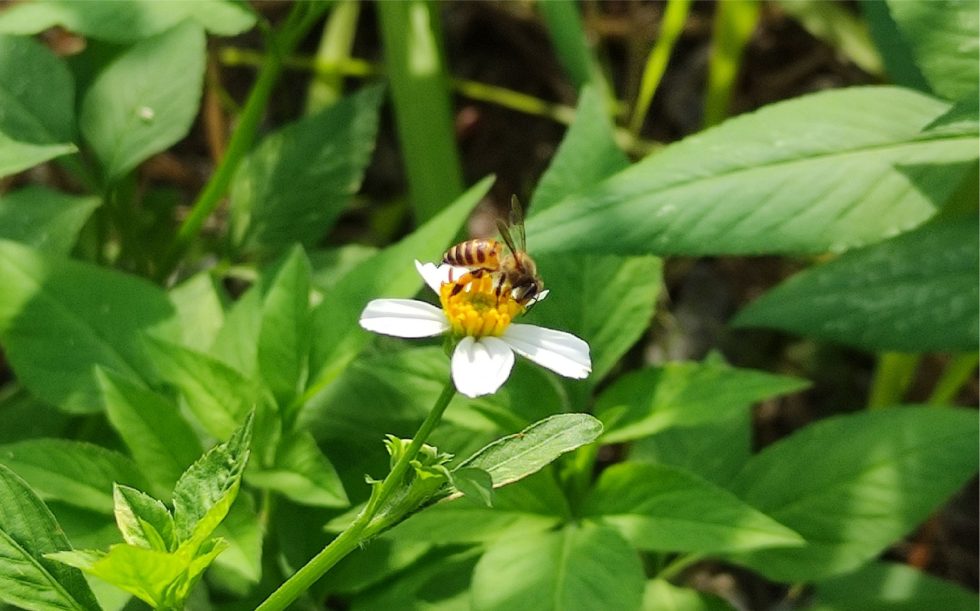1. Make observations at different times
Many animals are nocturnal. One difference between average users and more advanced users during this bioblitz was their difference in timing. While average users took more observations in the daytime, advanced users collected more observations during the morning (7am) and evening (7pm), and observed at night as well.
2. Don’t always trust the AI identification
The AI identification is convenient, but like humans it sometimes makes mistakes too. There is more information that can help you make a more informed decision. You can read up on a species by clicking on the name or use the compare function to be sure. Species that are “visually similar” or “spotted nearby” are also more likely to be a correct identification. If you’re really not sure, it’s better to at least label it as “plant” or “animal” so other users might be able to help you.
3. Watch out for location data
By default iNaturalist records the GPS coordinates of your image. While this can be harmless if you are in a park or public space, keep in mind that you might be giving away the location of your house or your workplace. Which is valuable information for any would be stalkers. Location data might also lead collectors and poachers to rare animals and plants, in this case it’s much better to hide this information. You can use Location Visibility option. Setting it to “obscured” randomly displaces the location by 6 miles, setting it to “Private” hides that information.
4. Common names aren’t the same everywhere in the world
Try not to identify things using their common name only. A “fire ant” can be many different species of ant from all over the world. Keep in mind that most observation data comes from America, so you might end up with a American species instead of a local one if you use an English common name.
5. Look upwards
A very common feature of many observations was that they were mostly short plants or animals that were closer to the ground. While taking photos of far away objects might be hard to do with a smart phone camera, things like trees could use some records as well.
6. Don’t take photos of people
It’s fun to take photos of your friends and label it as “Homo sapiens”, but don’t do it without their consent or if they are minors. Photos on iNaturalist can be downloaded by anyone.
7. You can endanger species using iNaturalist
Keep in mind that iNaturalist data is available for anyone to download. This includes poachers and illegal collectors. It’s good to hide the location of animals and plants that might be targeted like hornbills, large mammals, rare orchids, rare begonias and tarantulas.

